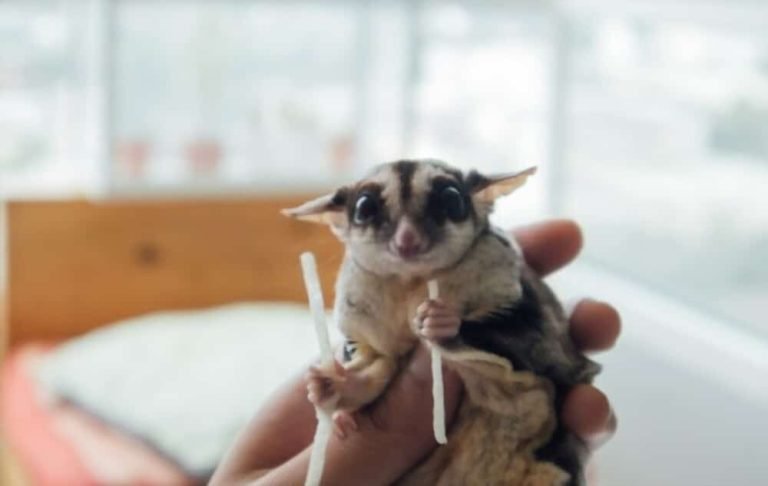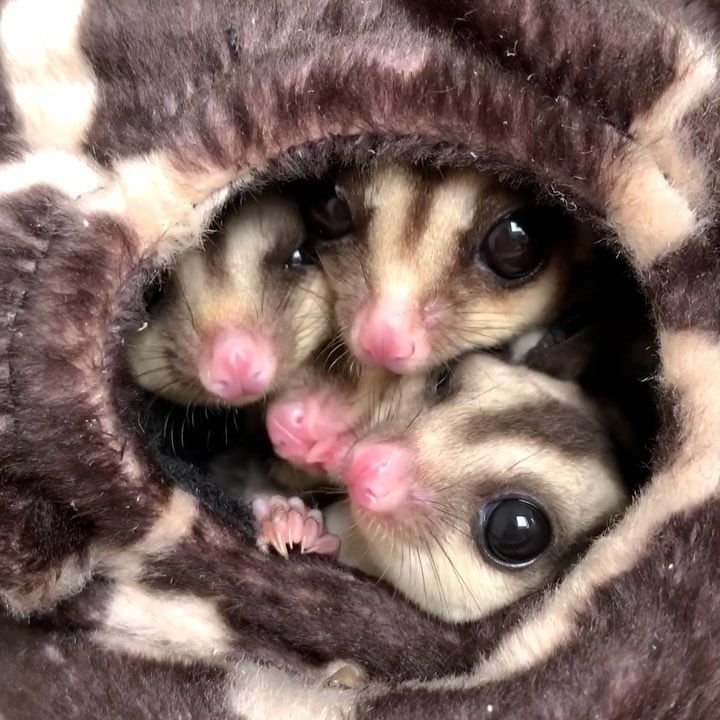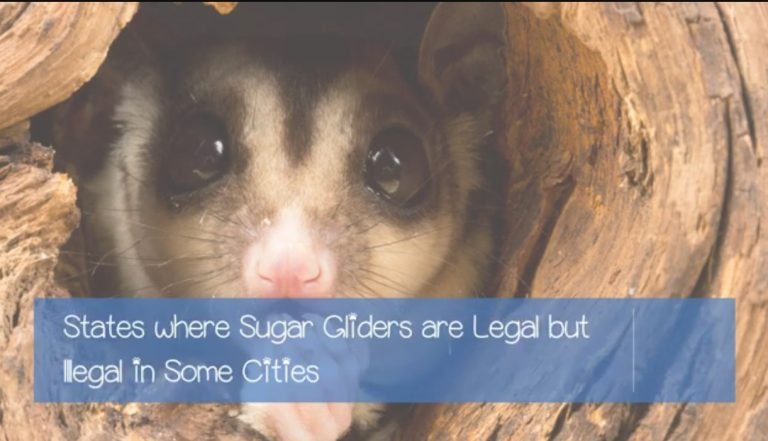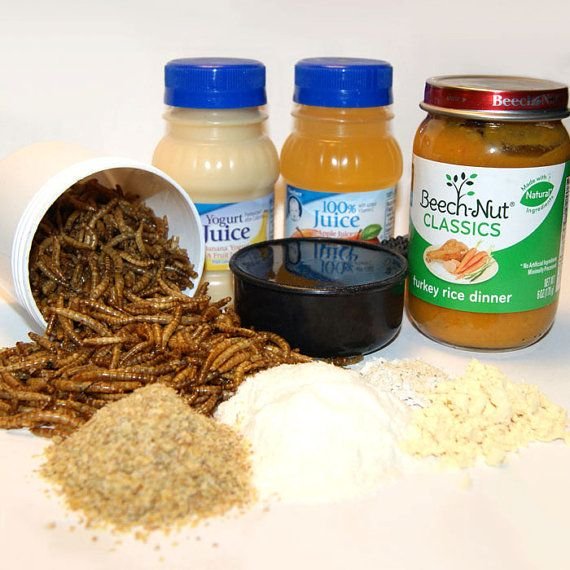How To Introduce Sugar Gliders To Each Other
Introducing Sugar Gliders to Each Other: A Comprehensive Guide
Are you a proud sugar glider owner who wants to add another furry friend to your family? Introducing sugar gliders to each other can be an exciting and rewarding experience, but it does require some careful planning and consideration. In this guide, we will discuss the best practices for introducing sugar gliders to each other and provide you with tips to ensure a smooth and successful introduction process.
How to Introduce Sugar Gliders to Each Other
Introducing sugar gliders requires patience, time, and a gradual approach to minimize stress and prevent potential conflicts. Here are the steps you should follow when introducing sugar gliders to each other:
1. Prepare Separate Quarantine Enclosures
Before introducing sugar gliders, it is imperative to ensure that each glider is healthy and free from any illnesses. To do this, you should set up separate quarantine enclosures for each glider. This will help prevent the spread of diseases and allow you to monitor each glider’s health before introducing them. Quarantine periods typically last for about 30 days or as advised by a veterinarian.
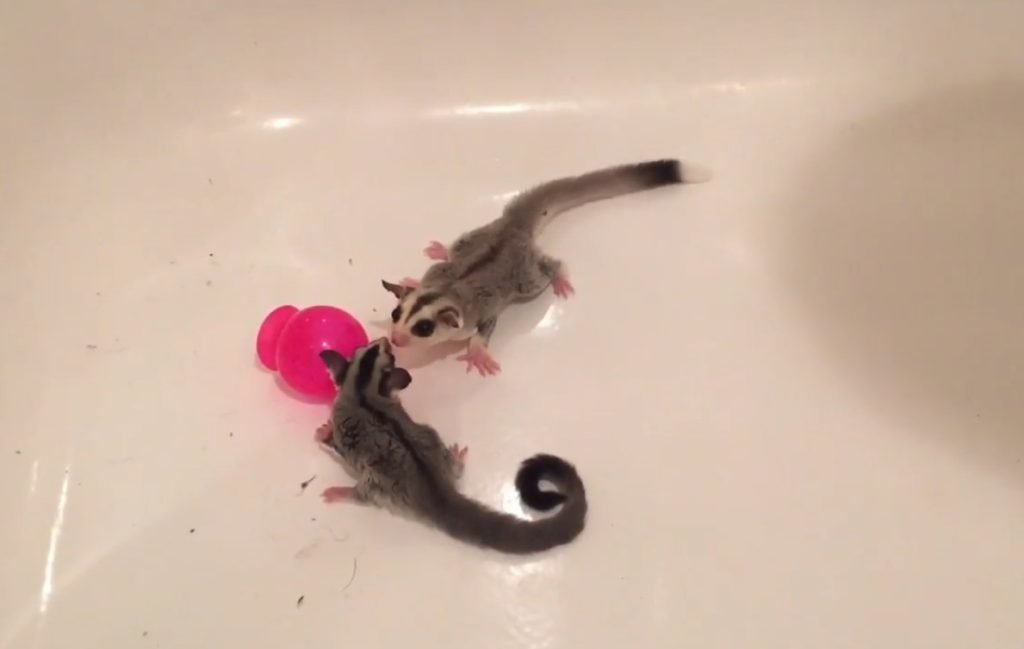
2. Establish Parallel Routines
Sugar gliders are creatures of habit and thrive on routine. To ease the introduction process, establish parallel routines for both gliders. This means feeding and interacting with each glider at the same time, ensuring that no glider feels threatened or left out. Parallel routines will help both gliders adjust to each other’s presence and establish a sense of familiarity.
3. Exchange Scents
Sugar gliders have a strong sense of smell, and by exchanging scents, you can help them become familiar with each other before a face-to-face introduction. Start by swapping items such as bedding or toys between the gliders’ enclosures. This allows them to become accustomed to each other’s scent gradually.
4. Utilize Neutral Territory
When it’s time for the actual introduction, choose a neutral territory where neither glider has claimed ownership. This could be a small room or an unfamiliar play area. By selecting a neutral territory, you prevent territorial conflicts and give both gliders an equal chance to explore without feeling threatened.
5. Supervised Interaction
During the initial introductions, it is essential to supervise the interaction between the gliders closely. Keep a close eye on their body language and behavior. Signs of aggression or stress, such as hissing, lunging, or flicking their tails aggressively, indicate that intervention may be necessary. However, some vocalizations, such as chirping or crabbing, are normal and part of establishing their hierarchy.
6. Gradual Introduction
It is crucial to introduce the gliders gradually, allowing them to get to know each other at their own pace. Start with short supervised playdates, gradually increasing the duration over time. This gradual approach minimizes the risk of fights and allows the gliders to establish a bond on their terms.
7. Provide Separate Spaces
Even after successful introductions, it is essential to provide separate living spaces for each glider. Sugar gliders are naturally territorial and need their own space for sleeping, eating, and toileting. It is best to have separate cages or enclosure areas to ensure that each glider has its own territory.
8. Patience is Key
Introducing sugar gliders to each other can take time and patience, and the length of the process may vary for each pair. It is crucial not to rush the introduction process and allow the gliders the time they need to establish a bond. Do not force gliders to interact if they show signs of stress or aggression, as this can damage their relationship and lead to long-term behavioral issues.
Frequently Asked Questions
1: Can I introduce sugar gliders of different ages?
Yes, it is possible to introduce sugar gliders of different ages; however, it is essential to consider their individual temperaments and socialization needs. Younger gliders may be more accepting and adaptable to new companions, while older gliders may require more time and patience during the introduction process.
2: What should I do if the gliders do not get along?
If the gliders do not get along initially, it is essential to separate them and reassess the introduction process. You may need to go through the gradual introduction steps again or consult with a veterinarian or an experienced sugar glider owner for further guidance on potential bonding techniques.
3: Can I introduce a male and female sugar glider together?
Introducing a male and female sugar glider can lead to mating and potential breeding. It is important to note that breeding sugar gliders require specific care and expertise. If you are not prepared to handle potential offspring or unlikely to find suitable homes for the joeys, it is best to keep male and female gliders separate.
4: Do sugar gliders need a companion?
Sugar gliders are highly social animals and thrive in the company of their own kind. A companion glider can provide mental stimulation, grooming, and social interaction that are crucial for their overall well-being.
Final Thoughts
Introducing sugar gliders to each other can be a rewarding experience, but it requires careful planning, patience, and understanding of their social behavior. Remember to follow a gradual introduction process, supervise interactions, and provide separate spaces to ensure a successful and harmonious relationship between sugar gliders. If you encounter any difficulties, consult with a veterinarian or an experienced sugar glider owner for guidance and support. With time and patience, your sugar gliders will hopefully develop a strong and lasting bond, bringing even more joy and companionship to your life.


